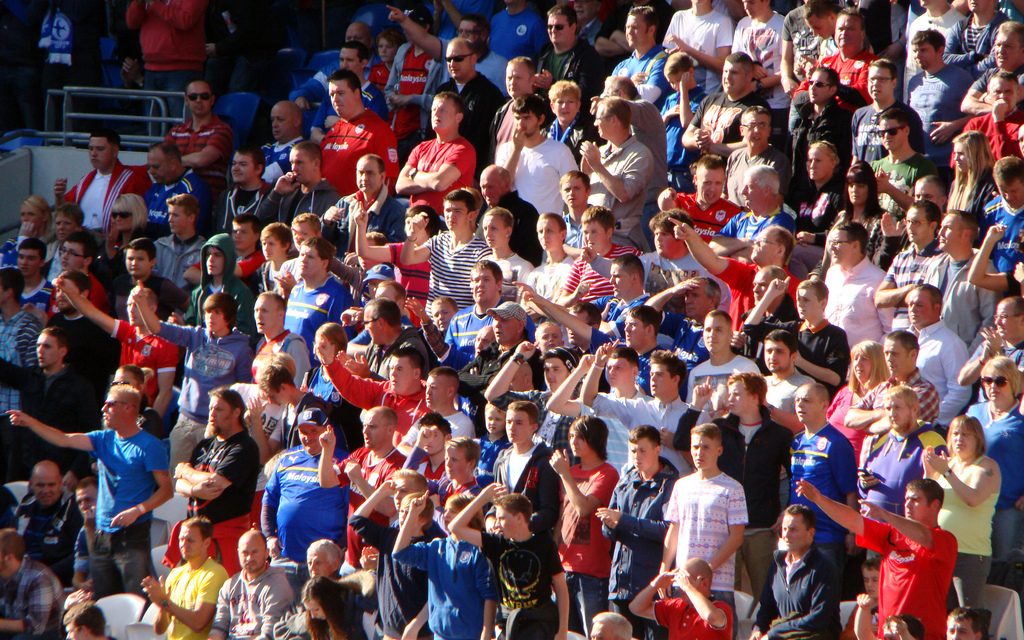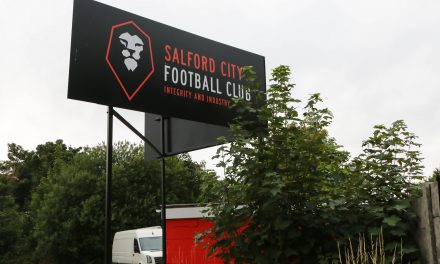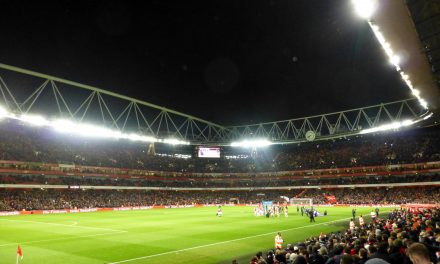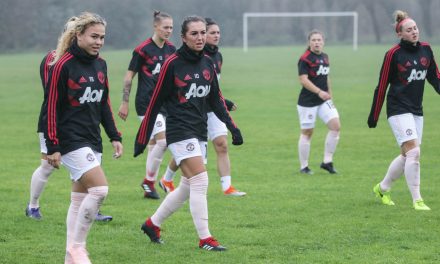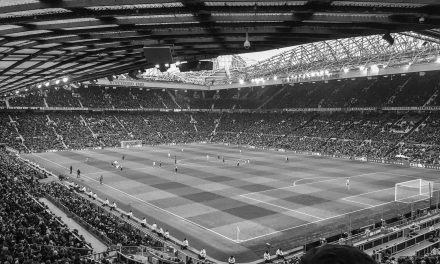Let’s talk about safe standing. As a result of the Taylor Report into the Hillsborough disaster in 1989 most UK football clubs were required to have all-seater stadiums with there being no areas for standing.
The situation as it stands.
Despite it being widely believed that it is illegal to stand in most football league stadiums this isn’t the case. With the only legal requirement being that the club must provide a seat to all those attending the game. The matter of standing is an issue between the supporters and the club. If the club’s ground regulations don’t allow persistent standing, the team may ask the supporter to leave the ground.
Regardless of these regulations many supporters remain standing for the duration of the game. Many supporters find standing more enjoyable as it provides a better view of the pitch and improves the atmosphere. This has lead to many occasions where supporters have been injured as a result of falling over seats while celebrating goals. Such as when a couple of Cardiff fans seemed to have been knocked unconscious after celebrating a late goal vs Reading.
Or when several Manchester United supporters lost their balance and fell after United scored against Manchester City last season.
In order to provide a safe environment for supporters to stand during the game, some clubs have introduced safe standing areas. This is where rail seating is installed meaning the seats can easily fold up and down on demand. With there being a metal rail for the supporters to hold onto.
This abides with UEFA and FIFA’s requirement for all-seater stadiums as the seats can be folded up or down depending on the game being played. These safe standing areas have proved successful in countries, such as Germany; with clubs such as Borussia Dortmund and Hannover, whose stadiums have bolt-on seats.
The Case for Safe Standing
In July of 2016 Celtic became the first British club to authorise a safe standing section. Which included rail seating to accommodate 2600 supporters. This was the result of years of negotiations between supporters, the football authorities and Glasgow Council.
The introduction of safe standing caught the eye of various English clubs and supporters. In August of 2017, a total of 25 football league clubs in England and Wales made their support for safe standing clear.
In April of 2018, West Brom made an application for safe standing. An application which was rejected by the government who stated:
“All-seater stadiums remain the best means of ensuring the safety and security of fans”.
Despite this setback, football fans continued to fight for safe standing. With over 100,000 people signing a petition in support of it. This lead to a parliamentary debate in June of the same year, resulting in MP Tracey Crouch calling for a government review into safe standing.
A month earlier, Shrewsbury town became the first English club to install rail seating. Providing up to 550 supporters with a safe place to stand during the game. Recently, it has emerged that Wolves have become the first Premier League club to pilot safe standing with rail seating.
In Conclusion
For many supporters standing during a game is vital, as it helps to generate atmosphere during games. It is time for the government to embrace this and provide supporters who choose to stand a safe area for them to do so.
The clear success of safe standing in Germany and Scotland dismisses any danger that may be associated with rail seating. With laws against persistent standing expected to be relaxed in the coming months. It is likely that safe standing may be introduced to more grounds across the country very soon.
Featured image courtesy of Jon Candy. Displayed under Creative Commons.

